The Southeast African cheetah is a subspecies of the cheetah that inhabits eastern and southern Africa. It can be found in deserts and lowland areas like basins, woodlands, steppes, savannahs, and grasslands.
Scientific Name: Acinonyx jubatus jubatus
Conservation Status: Vulnerable
More about the Southeast cheetah
Cheetahs have inhabited Africa for millions of years. The Southeast African cheetah is the second-oldest of the four cheetah subspecies.
Appearance
The male Southeastern African cheetah is 66 to 84 inches long, including a 24 to 33-inch tail. Females are 64 to 79 inches long with 23- to 29-inch tails. Males weigh between 63 and 145 lbs., and females weigh between 47 and 140 lbs.
The cheetah’s fur varies in color from light yellow to golden yellow and is somewhat thicker than that of other cheetah species. It is covered in spots with thick tear marks near the corners of the mouth. The tip of its tail is either white and black or just black.
Location
The Southeast African cheetah’s habitat range is extensive, covering South Africa to the Democratic Republic of the Congo and southern Tanzania. However, this range is shrinking, leading to a decline in the population. Notably, Namibia hosts the largest population of wild cheetahs (an estimated 3,500), followed by Botswana (2,000 cheetahs). The Zimbabwean population is critically low, with less than 200 individuals. Some areas have even seen the extinction of cheetahs, highlighting the urgent need for conservation efforts.
Female cheetahs are solitary creatures, typically living alone or with their mothers, daughters, or sisters. In contrast, male cheetahs are more social, often forming groups with their male siblings.
Diet
The cheetah rane in Southern Africa can be as small as 13 square miles up to 580 square miles. They prey on antelopes, gazelles and smaller mammals, like hares and rodents.
Reproduction
Female cheetahs generally give birth between November to January in Namibia and November to March in Zambia. Their gestation period is 90 to 95 days. Cubs start learning how to hunt at 5 to 6 weeks. The mothers will usually leave their cubs at around 18 months of age.
Conservation
There are an estimated 6000 cheetahs currently living in southern Africa. Their survival is threatened by habitat loss, poaching, and prey depletion. Cheetah reintroduction projects have helped increase several populations of Southern African cheetahs.

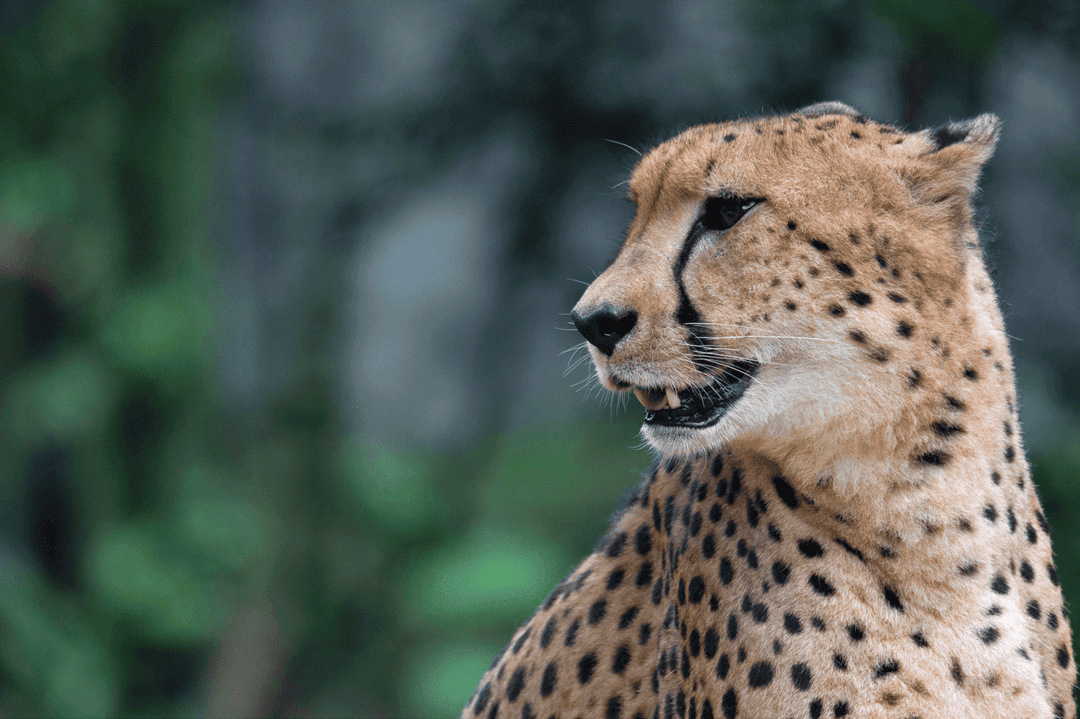
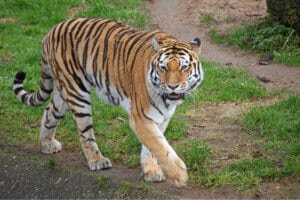
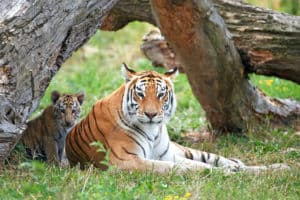


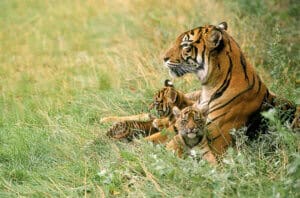

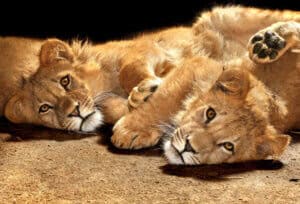

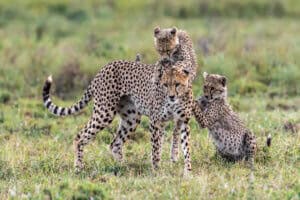


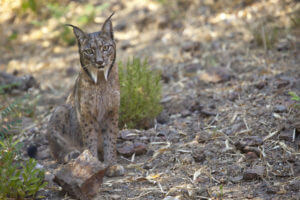
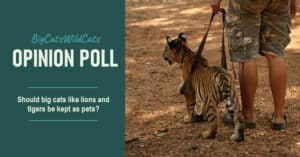
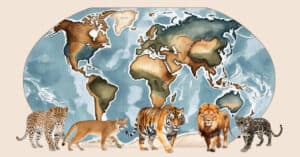


0 Comments